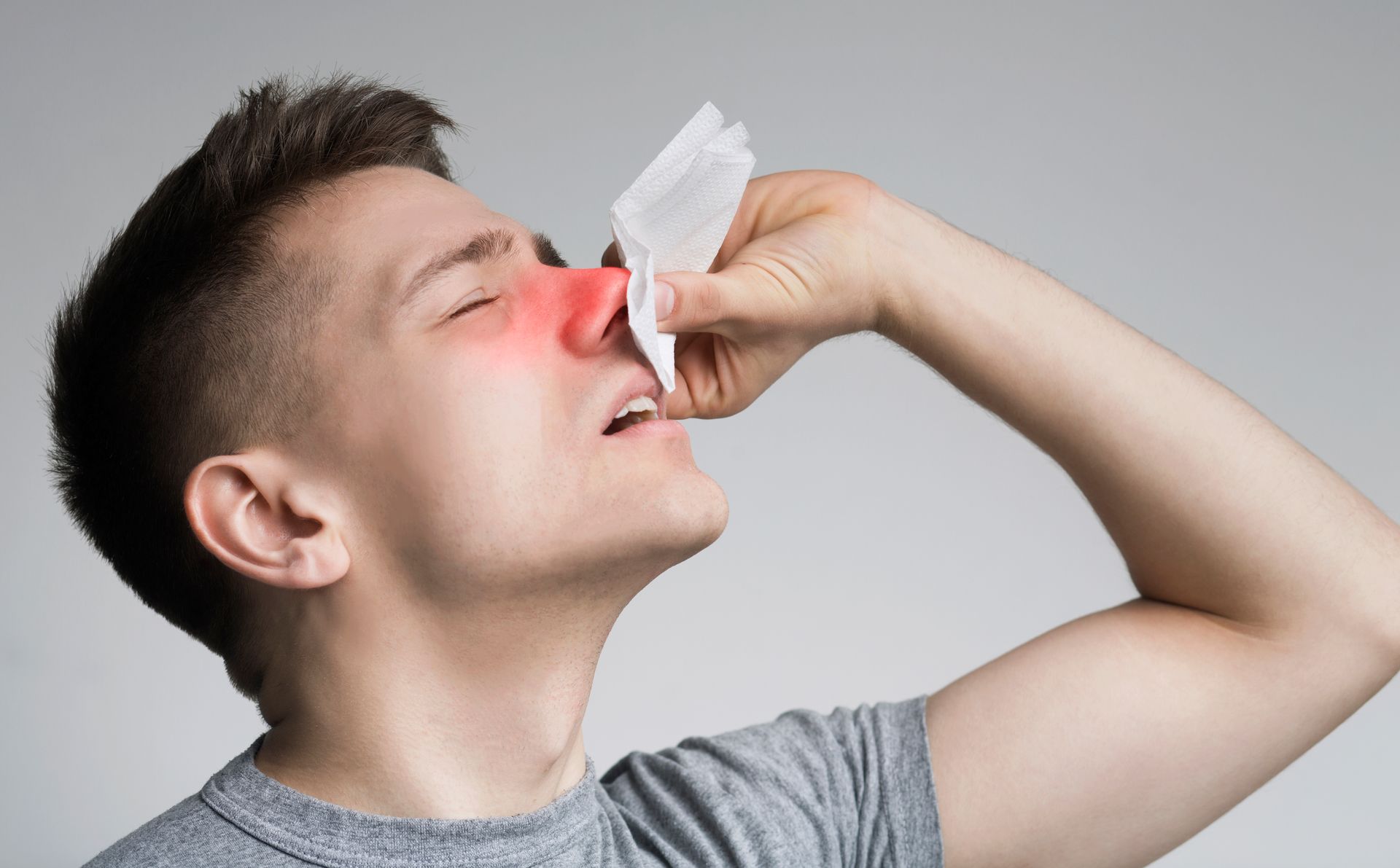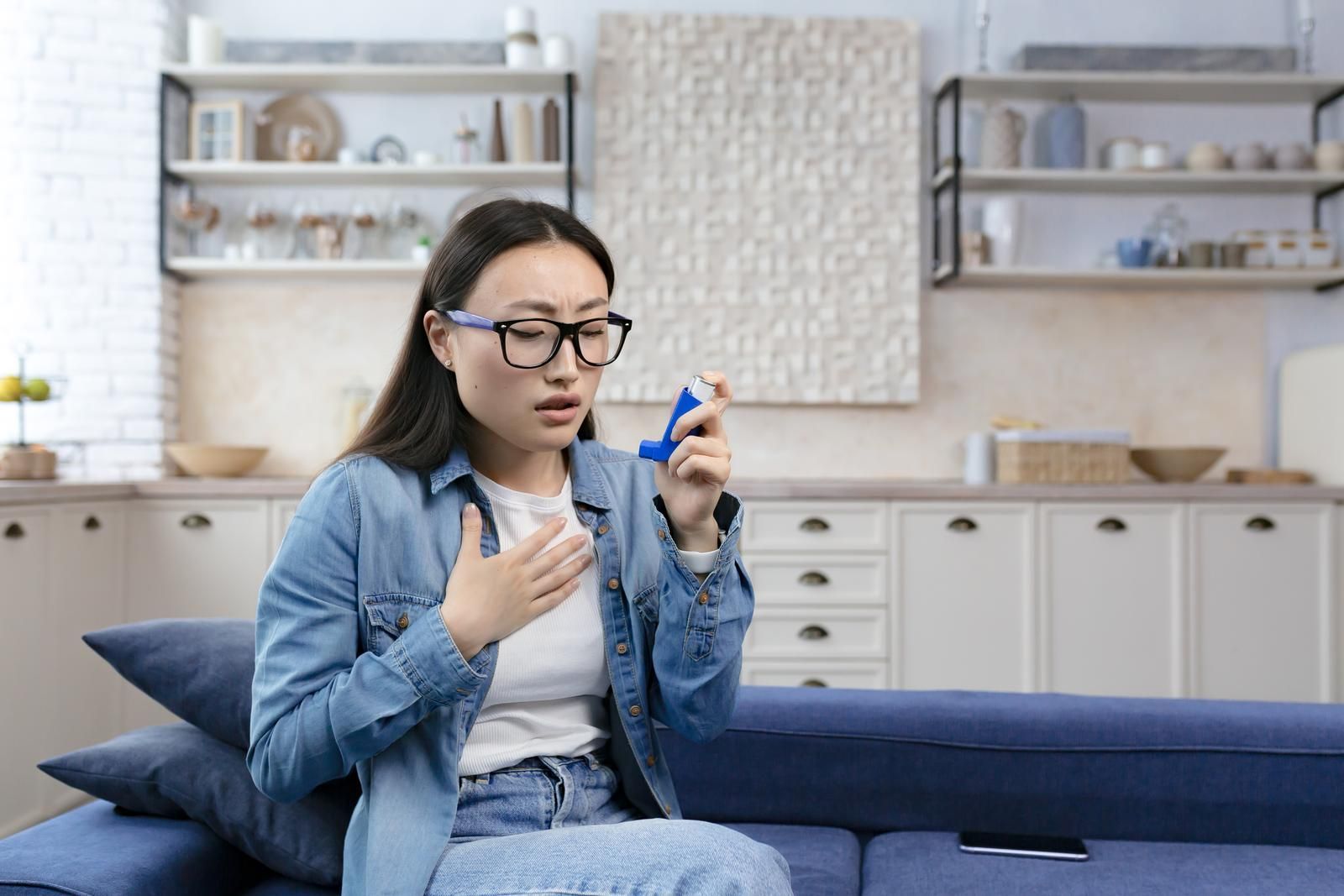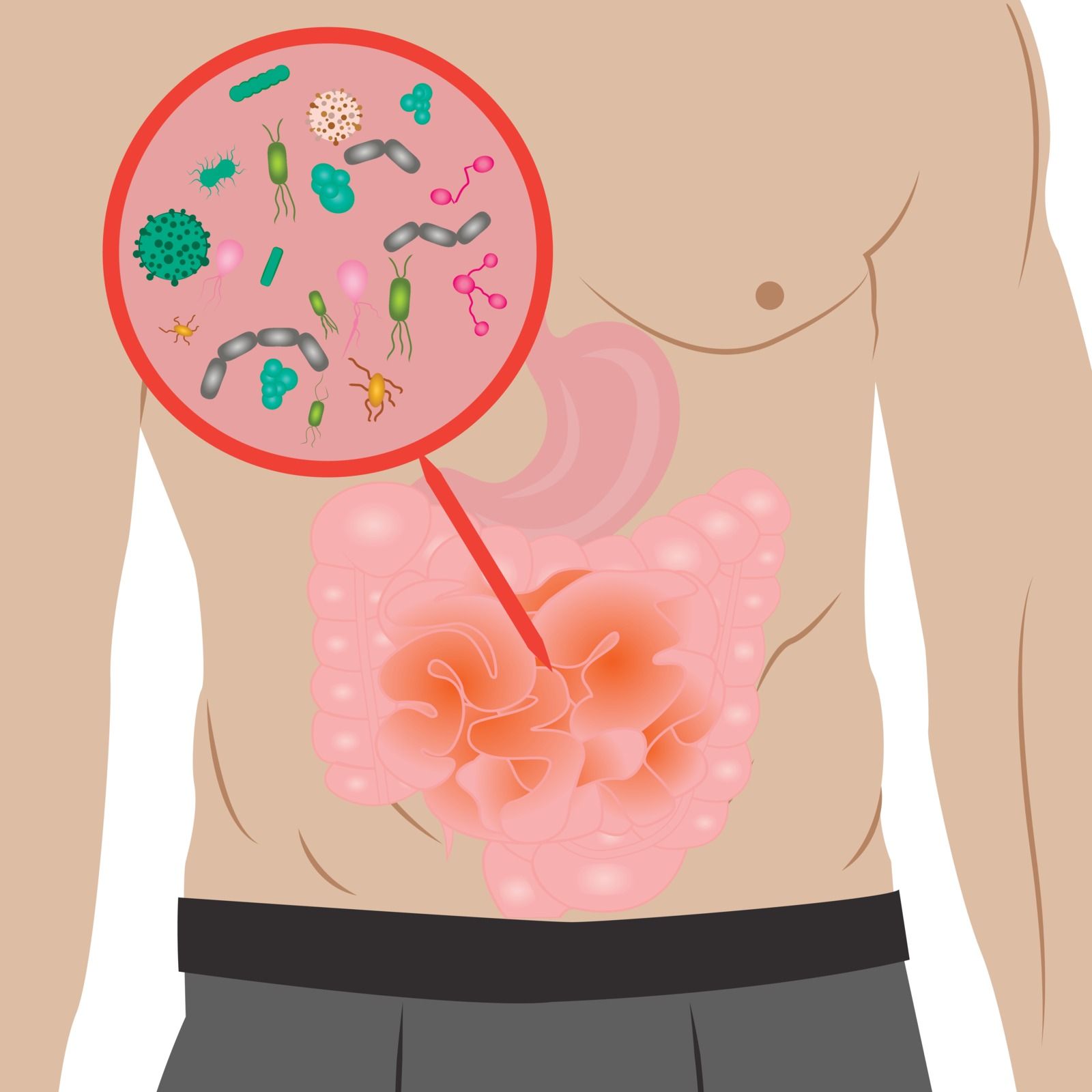Get Free CME at Snot Force Alliance
March 17, 2022
Are you a healthcare provider looking to break free of your silo and meet new providers with similar interests? Or perhaps you want to explore different ways patient outcomes can be improved? Last but not least, do you need free CME credits but don't want to attend another boring class that doesn't engage your mind? The Snot Force Alliance, Inc., is your answer to all three of these concerns.
Get Free CME at Snot Force Alliance
First of all, we better explain our mission here at Snot Force. We recognize gaps in the diagnoses and therapies for nose, sinus, and airway conditions that keep patients from reaching their ideal quality of life. Although these gaps cannot be addressed by a single specialist, many of us collaborating as one can help overcome them. That's what we are: a group of specialists who bring other physicians together to:
- Talk and learn
- Research ways to improve patient outcomes
- Improve lives in a meaningful but enjoyable way
Our Snot Force Alliance meeting series gives physicians the chance to enjoy camaraderie and earn free CME credits. The meetings we offer are planned and implemented in conjunction with Indiana University School of Medicine (IUSM). IUSM is accredited by the following councils to provide continuing education for healthcare providers:
- Accreditation Council for Continuing Medical Education (ACCME)
- Accreditation Council for Pharmacy Education (ACPE)
- American Nurses Credentialing Center (ANCC)
How It Works
Each meeting is approved for AMA PRA Category 1 credits. Earning these credits is easy. Simply complete the CME Registration Form
and then complete the CME Check-In Form within 48 hours of each meeting you attend. We post information about our meetings online, and early registration is recommended.
The Importance of CME Credits
You likely already know CME credits are crucial for all healthcare providers, but as a refresher, we'd like to remind you why here. First and foremost, continuing your education allows you to discover new ways to improve upon patient care and effectively manage your career in a field that is ever-changing. Medicine does not stand still, and regardless of your scope of practice, CME can help you:
- Stay aware of the latest developments in your specialty
- Address real-world challenges that arise every day
- Enjoy professional growth
- Learn new management skills
- Learn cost-effective billing practices
Refine Your Skills for Improved Patient Care
Every day, a new medical study is published or a new care technology is developed. These findings influence how patients with nose, sinus, and airway conditions should be assessed and treated. As a result, medical providers have a responsibility to their practice to stay on top of these changes. Doing so can provide patients with the most innovative care possible and stamp you as an expert in your field.
Advance Your Career
If you're looking to advance your career, free CME credits can help you do just that. Staying abreast of changes in healthcare builds your professional value, helps you further contribute to team goals, and demonstrates a proactive personality. Employers take note of these traits. You are likely to become a more integral staff member as facilities look to advance their reputations in a highly competitive landscape.
Meet Licensing/Certification Requirements
Many professional medical and healthcare organizations require members to continue their medical education as a condition of maintaining their membership status. These organizations typically ask members to submit proof of the CME events they've attended, which you can easily do after taking part in our meetings. This keeps you in good standing even as you network with providers from 37 different states.
Why Providers Need to Collaborate
Healthcare providers once functioned autonomously within the medical practice landscape. Each discipline went to school for their chosen specialty and remained immersed in a solitary perspective. But when providers can identify as part of a larger team, rather than practicing in a silo, healthcare significantly improves.
That is why medicine today embraces a more interprofessional approach. Physicians are expected to participate within multidisciplinary teams as patients present increasingly complex cases. And with a wide network of colleagues to call upon, you can efficiently find answers to difficult questions.
Enjoy New Ways to Network
Expanding your professional network is therefore an essential component of patient care. When you refocus your work and look through a lens of interprofessionalism, you can help reduce inefficiencies that often plague patient care. Assessments and treatments are done together so they become complementary rather than contradictive. Likewise, providers see a patient as a whole rather than a disjointed diagnosis or treatment relative to one ailment.
At Snot Force Alliance, we create enjoyable events that allow you to learn from and interact with other providers - without the pressures of a clinical environment. Our KY Bourbon + Roses symposium, for instance, lasts three days and includes a tour of Kentucky's bourbon distilleries in addition to discussions of precision medicine in airway disease. This is a collaborative effort between Cedars Sinai, Indiana University, and the University of Louisville.
Ignite Conversations and Hone Listening Skills
When you meet and network with other providers, you're able to share differences of opinion and learn new perspectives. Our meetings bring people together to explore ideas. This cannot be done in isolation.
Similarly, healthcare providers are at their most effective when they cultivate superior listening skills. Active listening conveys to patients and team members that what they're saying is important. This establishes a firm foundation of trust and builds teams that can address the multiple dimensions of a patient's condition.
Improve Creative Thinking
Networking events and CME meetings encourage providers to brainstorm with each other in ways that can lead to improved problem resolution. During these meetings, no issue is too big or too small to be discussed. As discussions continue to progress, providers often find themselves thinking with a new energy that can be brought back to the clinic or facility - and passed to other team members.
The Need to Address Healthcare Gaps
In respiratory medicine, as with other disciplines, gaps between established scientific evidence and actual care contribute to patient suffering. To illustrate, nearly 26 million Americans have been diagnosed with asthma, marking it as one of the country's most common and costly diseases. But around
are poorly controlled, leading to:
- Recurrent needs for urgent medical care
- Missed school or work
- Asthma-related nocturnal arousals
- Frequent daytime symptoms
Evidence suggests that failure to assess asthma control is a significant contributor to the concerns listed above. This problem is compounded by patients with low expectations who fail to alert physicians when they don't feel well. Of course, this is only one of many major diseases that can affect the airways and sinuses. We haven't even touched upon COPD, chronic sinusitis, and more.
Routine Healthcare Concerns
The whole of healthcare experiences a number of gaps defined as discrepancies between recommended best practices and the care that is actually delivered. These gaps can manifest in different ways, with the most common including:
- Patients who miss age-based annual vaccines or screenings
- Patients who don't take medications to meet evidence-based guidelines
- Patients who do not consult with providers when a prescribed medication may not be suitable
We mentioned earlier that just one of us cannot do much to overcome these gaps. But when we come together and brainstorm new ideas, implement new practices, and promote advanced research findings, we can help to ensure that all patients receive the care appropriate to their needs.
The Snot Force Alliance is a group of people who believe healthcare has made great strides but can still be improved in wonderful ways. We promote fun and friendly camaraderie and also offer CME events that educate and enlighten.

Nasal polyps present a significant challenge for both patients and clinicians, often leading to chronic symptoms that affect quality of life. Recent advancements in research and treatment strategies have paved the way for innovative approaches to manage this condition effectively. This blog will explore some of the latest strategies and treatment options available for nasal polyp management.

Allergies significantly contribute to common nasal conditions such as rhinitis, sinusitis, and nasal polyps. Allergic reactions can lead to chronic inflammation, which increases the risk of complications and recurrent symptoms in our patients. Understanding this connection is essential for effective diagnosis and treatment.

Did you know that chronic rhinosinusitis (CRS) can affect more than just the sinuses? While the physical symptoms of CRS—such as nasal obstruction, facial pain, and purulent nasal discharge—are well-documented, the cognitive implications of this condition are less commonly discussed. This blog aims to inform physicians about the cognitive impacts.

Nearly 1 in 3 adults and over 1 in 4 children in the U.S. reported experiencing allergies. These statistics highlight the significant prevalence of these conditions and their impact on patient populations. Despite their prevalence, allergy diagnosis can sometimes be challenging, especially when symptoms do not align with typical presentations. In this blog, we will explore unusual cases in allergy diagnosis, discuss their implications for clinical practice, and highlight the importance of a comprehensive approach to patient evaluation.

A sinus flush, also known as nasal irrigation or saline rinse, involves rinsing the nasal passages with a saline solution. Various devices, such as neti pots, squeeze bottles, and bulb syringes, can be used for this purpose. The primary objective of a sinus flush is to remove excess mucus, allergens, and irritants from the nasal passages, providing relief from symptoms like congestion, pressure, and post-nasal drip.

The gut microbiome consists of trillions of microorganisms, including bacteria, viruses, fungi, and other microbes residing in the gastrointestinal tract. This complex ecosystem plays a vital role in digestion, metabolism, and overall immune function. The gut is home to a substantial portion of the body’s immune cells, making it a significant player in modulating immune responses.

Severe uncontrolled asthma poses a significant challenge in clinical practice, affecting millions of patients worldwide and leading to considerable morbidity and healthcare costs. Despite the availability of standard treatments, many patients find themselves trapped in a cycle of persistent symptoms and frequent exacerbations. However, recent advancements in research and innovative treatment options are providing new hope for effective management of this complex condition.

Allergies are a prevalent health issue, with over a quarter of U.S. children and nearly a third of U.S. adults facing seasonal allergies, eczema, or food allergies. Healthcare providers can empower patients to cope better with their allergic conditions by grasping effective management strategies and delivering comprehensive care. Here is a guide to assist healthcare providers in effectively supporting patients in managing allergies:

When people with allergies encounter allergens like pollen, dust mites, or certain foods, their immune system mounts an exaggerated response characterized by the activation of immune cells and the release of inflammatory mediators. Two key immune pathways are central to this response: the innate immune system and the adaptive immune system. Read on to learn the innate and adaptive immune systems in responding to pathogens and their significance in clinical practice.





